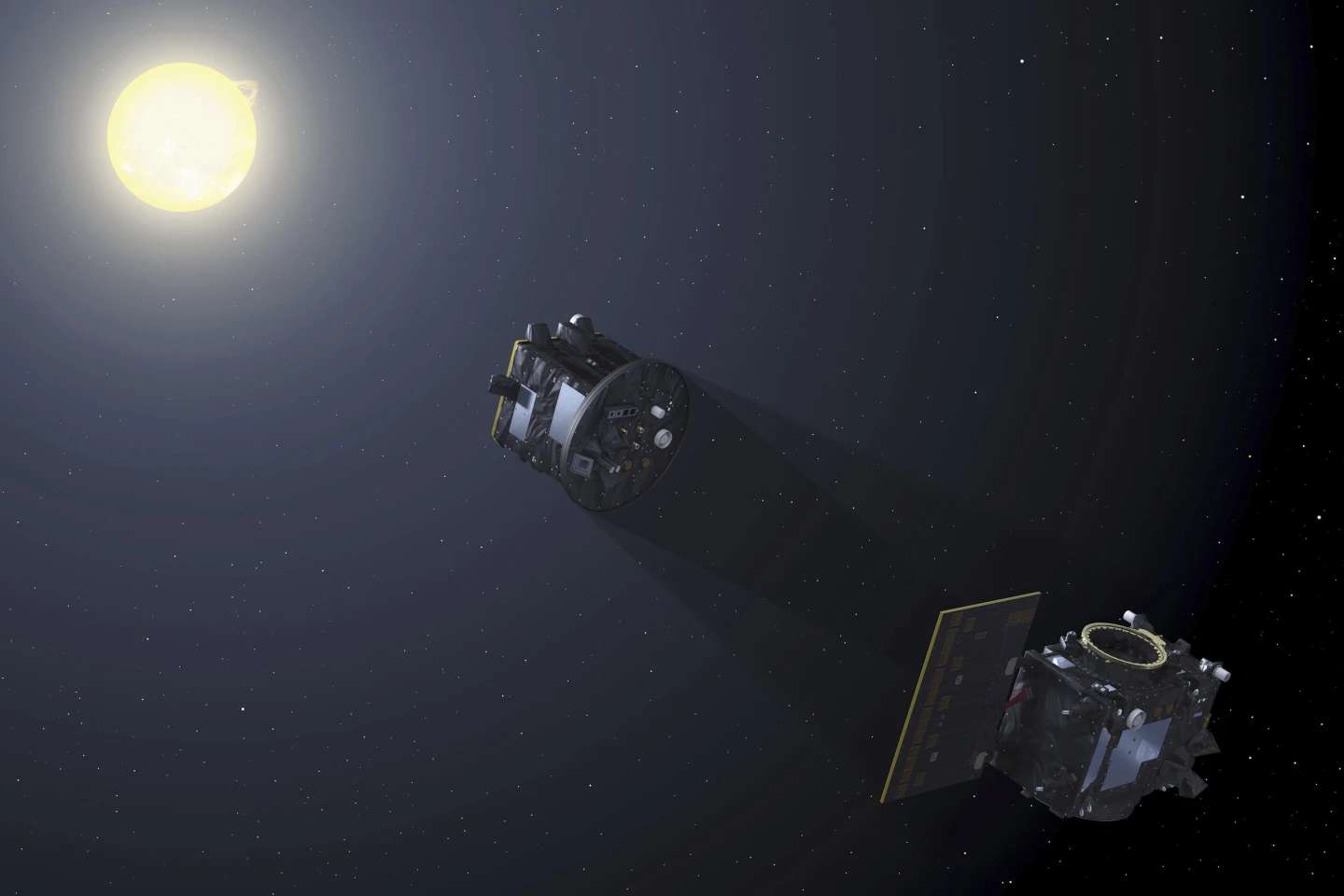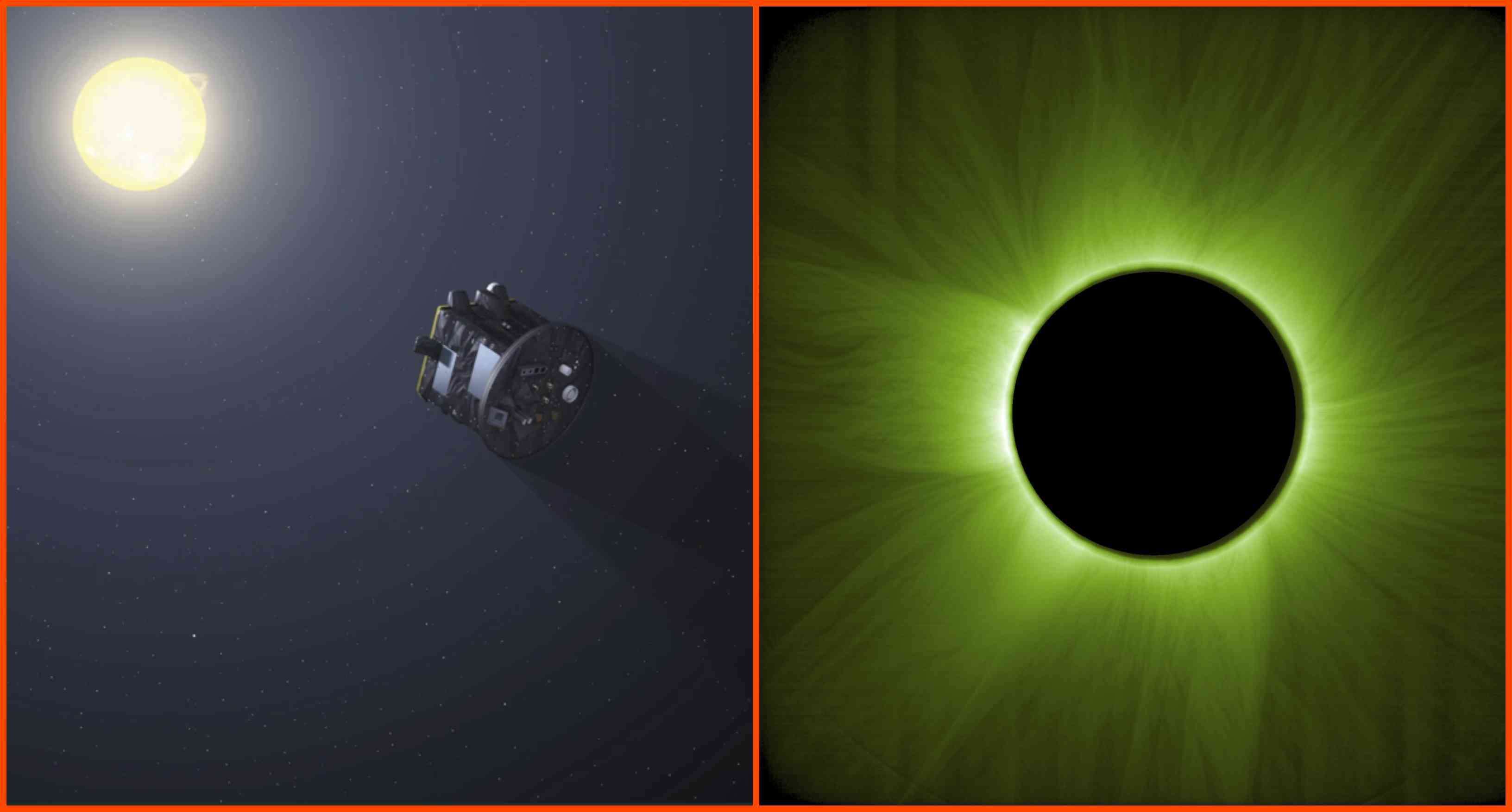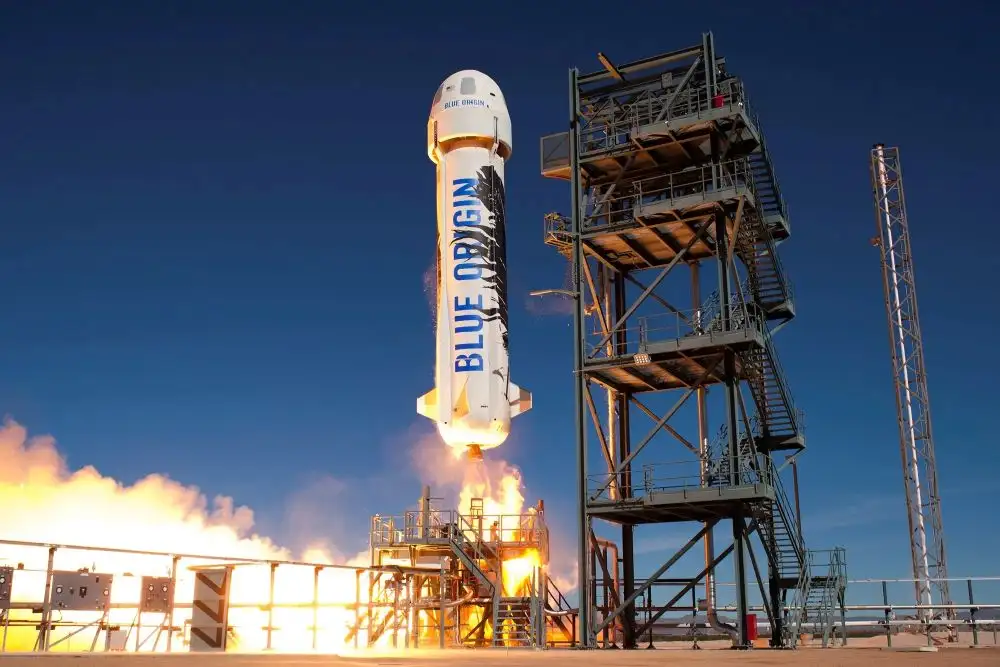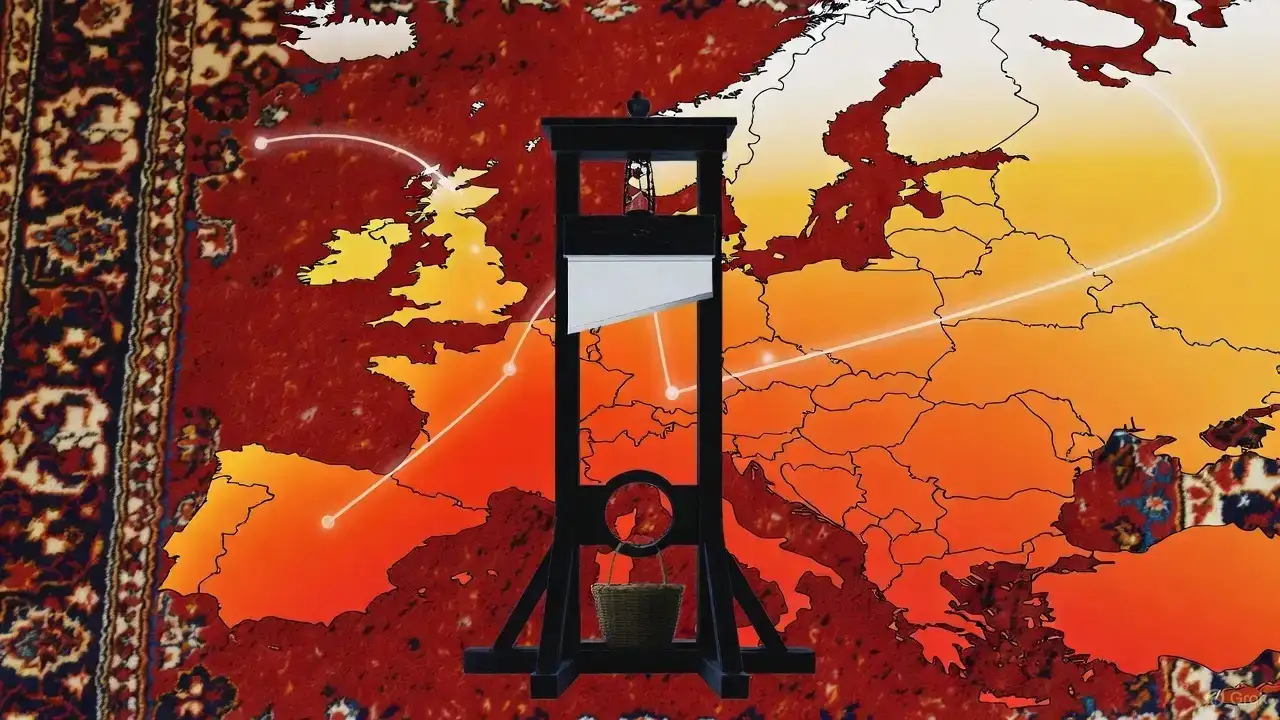Two European satellites have successfully achieved artificial solar eclipses. They flew in tandem to provide hours of total “darkness” for scientific observations, writes AP.
The European Space Agency announced the results of this innovative mission at the Paris Air Show. The satellites launched into space late last year, creating dozens of artificial solar eclipses tens of thousands of miles above Earth since March.
The satellites fly just 150 meters apart. One covers the Sun, as the Moon does during a natural solar eclipse, while the other uses a powerful telescope to capture images of the Sun’s upper atmosphere, the corona. Millimeter-precision navigation and control using GPS, telescopes, lasers, and radio transmitters make this possible.
During the two-year mission, an average of two artificial solar eclipses per week, about 200, are expected, providing more than 1,000 hours of continuous observation. This will be a real scientific breakthrough, as a total solar eclipse lasts only a few minutes when the Moon is perfectly positioned between the Earth and the Sun and occurs on average only once every 18 months.
Prepared by Alvard Baghdasaryan





















